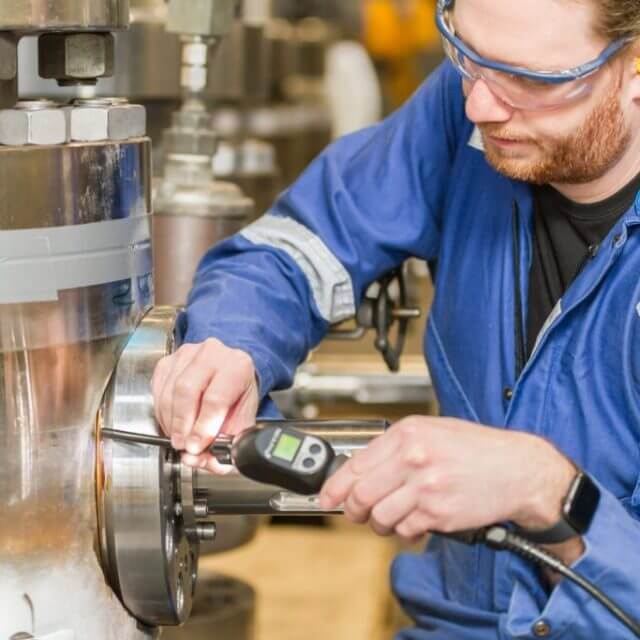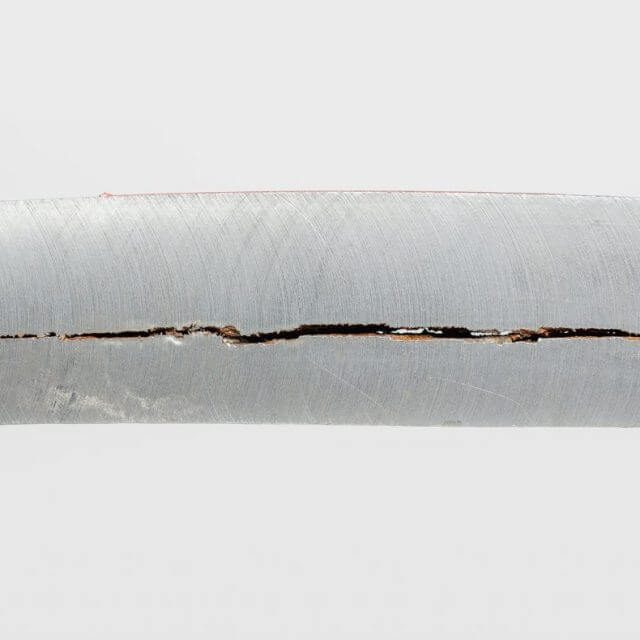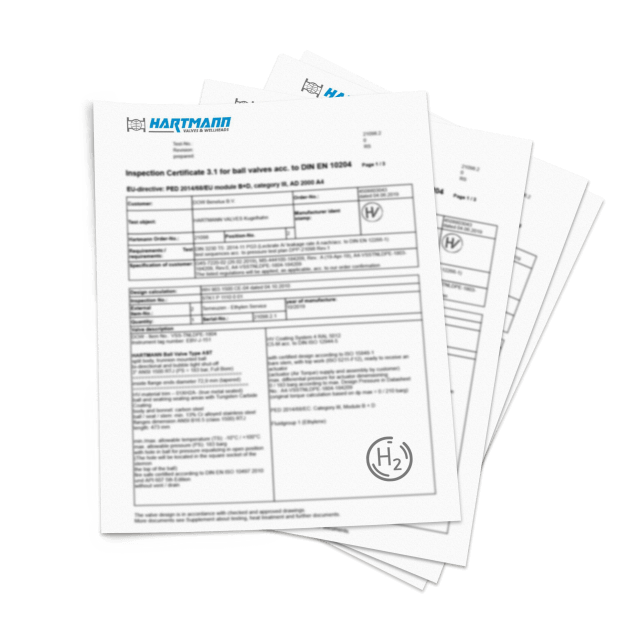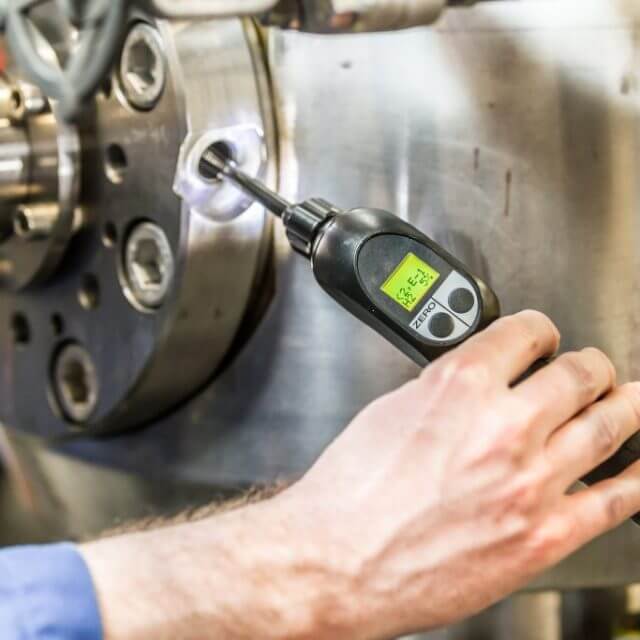
Das anspruchsvolle Medium Wasserstoff wird zukünftig in immer mehr Anwendungsfeldern zum Einsatz kommen. Um einen sicheren Betrieb zu gewährleisten, müssen alle Komponenten, die mit Wasserstoff in Berührung kommen, entsprechend geeignet und dicht sein. Einzusetzende Armaturen und Bohrlochköpfe müssen daher hinsichtlich der Materialeignung der metallischen Werkstoffe geprüft sowie auf ihre Dichtheit getestet und entsprechend ausgewählt werden. Hartmann bietet die beiden Wasserstoff-Prüfungen sowohl für Hartmann Kugelhähne und Bohrlochköpfe sowie für Produkte anderer Hersteller an (basierend auf Dokumentationen).

Molekularer Wasserstoff H2 ist vergleichsweise beständig und wenig reaktiv, daher ist eine klassische Korrosion nicht zu erwarten. Die sogenannte Wasserstoffversprödung, d.h. die wasserstoffinduzierte Spannungsrisskorrosion (s. Bild) stellt für hochbelastete drucktragende Bauteile ein Risiko dar, welches eine besondere Betrachtungsweise benötigt. Im Rahmen der Materialeignungsprüfung wird die Werkstoffauswahl auf die Einsatzfähigkeit für Wasserstoff umfassend geprüft.


Als kleines Molekül kann Wasserstoff durch Dichtelemente diffundieren. Ein umfassender Dichtheitstest gibt Sicherheit, dass die Grenzwerte eingehalten und somit flüchtige Emissionen minimiert werden.

Oder rufen Sie uns an oder schreiben Sie uns eine E-Mail. Wir freuen uns auf Ihre Anfrage.
Sie können uns unter dieser Telefonnummer erreichen: +49 5085 9801 0.